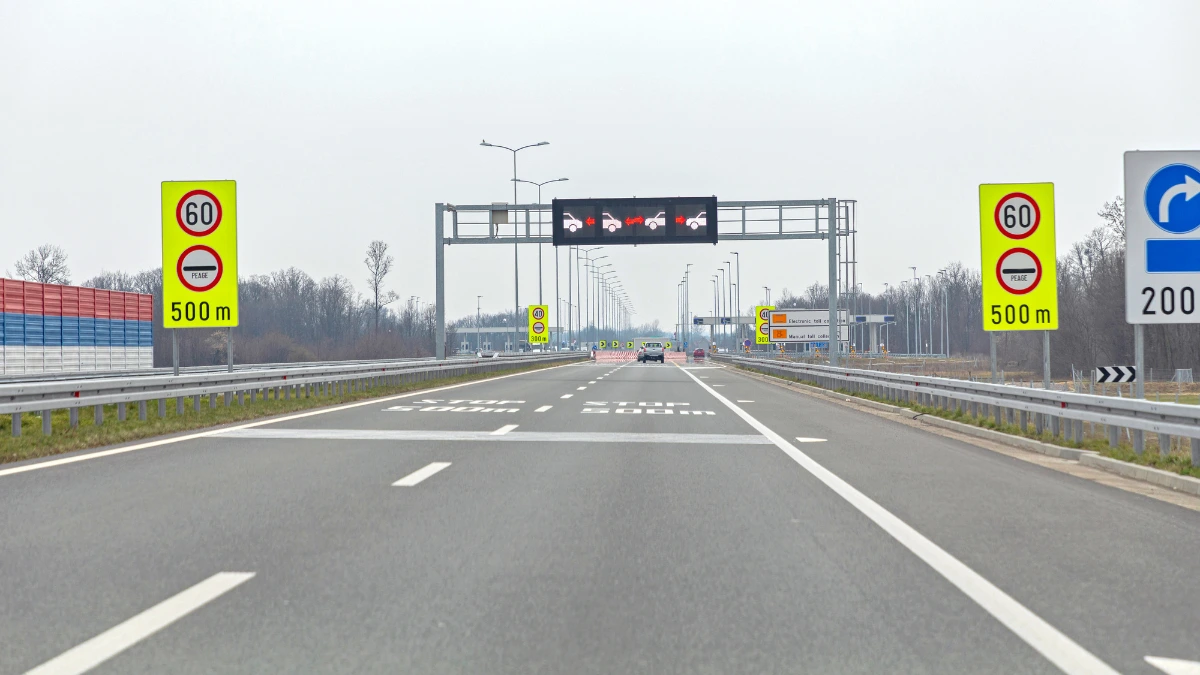The presence of an Intelligent Transportation System (ITS) provides the ability to improve efficiency, safety, and comfort in the transportation system. One application of ITS is a travel information system, which offers several key benefits.
The benefits of a travel information system include improving efficiency, convenience, and safety.
This article will give you information on the travel information system, including its definition, how it works, its functions, and the benefits they have.
Also Read
Table of Contents
What is a Travel Information System?

The travel information system is one of the applications of the Intelligent Transportation System (ITS). This system uses information and communication technology to improve the efficiency, safety, and comfort of the transportation system.
The system will provide users with real-time information about traffic conditions, transportation schedules, the best routes, and other potential travel issues.
This system will greatly assist road users in making better and more efficient decisions when traveling.
How Does a Travel Information System Work?
The travel information system works by integrating information, communication, and sensory technologies. The system will collect data using various sensors and cameras installed on road infrastructure to collect data in real time.
Data such as traffic conditions, vehicle speed, traffic density, and others will be processed by a central system that uses intelligent algorithms and artificial intelligence (AI) to analyze information and identify traffic patterns.
The processed data will be distributed to users through various media, such as mobile applications, electronic information boards on the road, or navigation systems on the On Board Unit (OBU) installed in vehicles.
Benefits of Travel Information System
The travel information system provides many benefits, especially in improving efficiency, convenience, and safety. Here are some of the main benefits:
1. Improving efficiency

One of the advantages of the system is that it improves road user efficiency. With the traffic data provided, users can choose the fastest route and avoid traffic jams, thereby reducing travel time.
2. Improving comfort
Improving comfort is another advantage of the system. By choosing the fastest route and avoiding traffic jams, driving comfort is enhanced due to reduced stress and uncertainty while traveling.
3. Reducing environmental impact

Another advantage of the systems is that they reduce environmental impact. By optimizing routes and reducing traffic congestion, greenhouse gas emissions can be reduced.
4. Improving safety
Improving safety is another advantage of the system. The real-time information provided by the system about road conditions and potential hazards on the road will help users avoid accidents.
Conclusion
Those are the definitions, how it works, functions, and benefits of the travel information system that you need to know.
The system provides users with real-time information about traffic conditions, transportation schedules, the best routes, and other potential travel issues.
A travel information system, as one of the applications of the Intelligent Transportation System (ITS), is able to improve efficiency, convenience, and safety.











